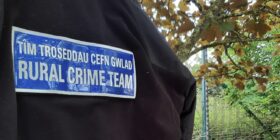First ever Flint rescue officer casts throwline to celebrate HM Coastguard 200th anniversary
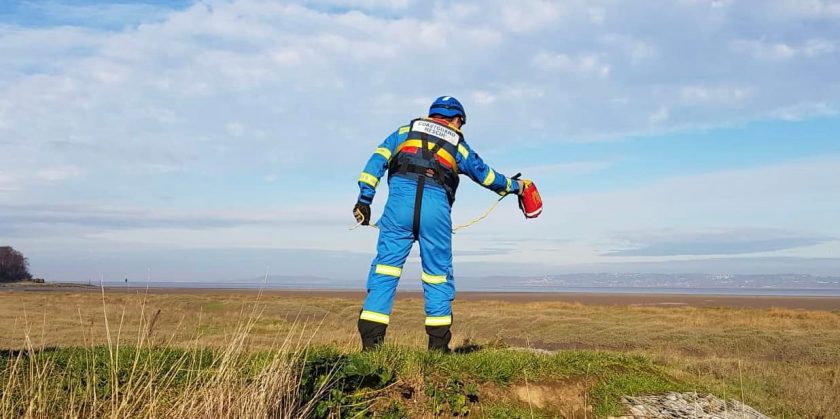
Flint Coastguard’s first-ever rescue officer cast a throwline into the River Dee this afternoon to celebrate the service’s landmark 200th anniversary.
Today (15 January) in honour of that birthday, coastguards across all four home nations are casting throwlines as a symbol of the service’s dedication – past and present.
Throwlines, which form part of the lifesaving kit used by coastguard teams, were cast into the seas around Wales, England, Scotland and Northern Ireland at 11 am today.
Deputy Station Officer, Tristan Rochfort, paid tribute to Garry Jones who helped form the Flint-based volunteer rescue team over 35 years ago.
Tristan said: “With a wealth of maritime history and docks in our area, we owe a lot to the people who formed the first Coastguard Rescue Team in Flint, all those years ago”
“We are lucky to still have Flint’s first Coastguard Rescue Officer on our team, Garry Jones who goes by the call sign ‘Flint 09’ Garry was instrumental in helping to form the Coastguard Team in Flint back in 1986, something that is today, a formidable Rescue Team which was called upon 137 times last year.”
“Without Garry and the many volunteers we have on call 24/7, we simply couldn’t operate.”
“So on this 200th birthday, we’d like to dedicate this thanks to Garry Jones, as well as every Flint Coastguard Officer, past and present!”
Two hundred years of saving lives
From its beginnings with coastal lookouts to today’s hi-tech national network of coordination centres, from small localised beginnings to international players – one thing has stayed the same for two centuries – Her Majesty’s Coastguard seeks to search, to rescue and to save.
Two hundred years of saving lives along the UK coast and at sea, as well as coordinating rescues for those in distress in international waters, is being marked this year as HM Coastguard celebrates its milestone anniversary.
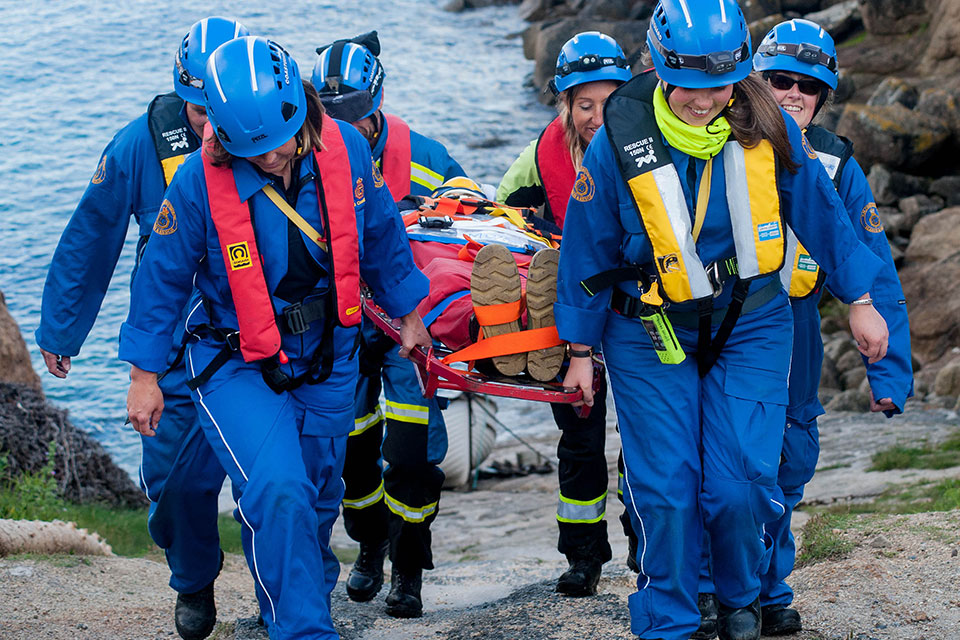
Over the past two centuries, HM Coastguard has gone from strength to strength.
In 2022, coastguard operations centres coordinate responses to emergency situations at the coast calling on 310 Coastguard Rescue Teams – made up of 3500 dedicated volunteers – and using 10 search and rescue helicopter bases.
Although the way in which HM Coastguard operates has changed beyond recognition in the last two centuries, the service continues to look to the future.
Innovation has always been a driver – whether it be pushing forward state of the art technology in the national network of maritime rescue coordination centres or leading the way in rope, water and mud techniques.
Last month (December) HM Coastguard began to implement its new updated search and rescue radio network which uses fibre technology.
More than £175million has been invested to upgrade the Coastguard’s national radio network across all 165 sites over the next two years.
This will improve and future proof its communication infrastructure and ensure that it remains able to communicate and exchange data quickly and reliably in order to co-ordinate rescues and save lives.
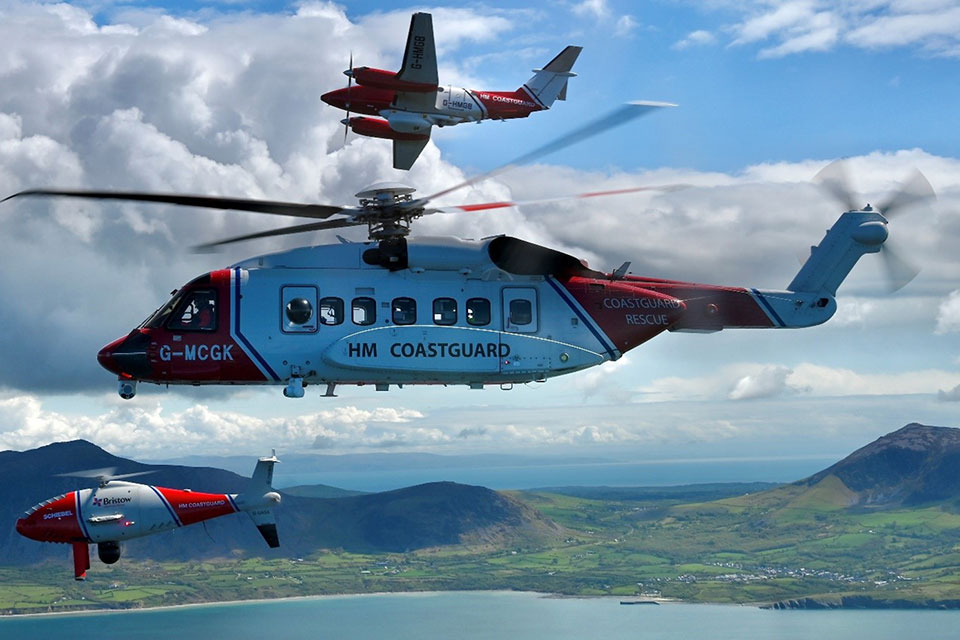
The service continues to adapt to changes – in the last few years providing mutual aid and support during events and incidents to other emergency partners.
During the pandemic, coastguards supported the NHS, attended the G7 and COP26 in 2021 and are called in to support during national emergencies including flooding or supplying water to stranded drivers.
HM Coastguard provides training to search and rescue authorities around the world and also shares knowledge on a mutual basis with others.
A key player with the International Maritime Organization, HM Coastguard’s input and insight around the obligations of SOLAS (The International Convention for the Safety of Life at Sea) is sought and valued.
Maritime Minister, Robert Courts said:
Congratulations HM Coastguard on their 200-year anniversary. I am immensely proud and humbled by the continued dedication and professionalism from the staff and volunteers which ensures everyone’s safety on our shores and around our coast.
HM Coastguard is the backbone of our maritime sector and the nation is indebted to its incredible workforce which continues to deliver an exceptional service.
Claire Hughes, Director of HM Coastguard said:
When you look at how we started and where we are now, it’s easy to celebrate the innovation and development that can be seen throughout the service. And yet, we are far more proud of the people, the volunteers and the staff who throughout two centuries have continued to strive to keep people safe at the coast and out at sea. We always have and always will respond to those in distress.
While this milestone is an opportunity for us to look back with pride on what we’ve achieved, we have always looked to the future, and I’m proud that we continue to look for ways in which to improve and save lives. I’m proud of the commitment, the dedication and selfless sacrifice and I’m proud of how the service has developed and continues to do so.
A short history of HM Coastguard
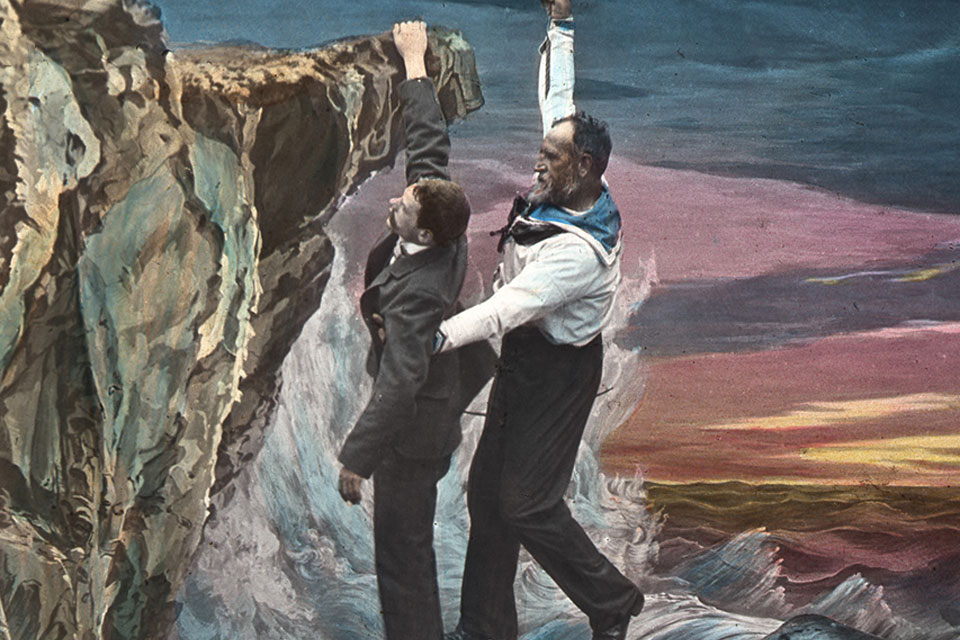
17th/18th century
As soon as medieval taxes were charged on imports and exports, people begin smuggling. By 1743 the estimate is that half the tea drunk in Britain was illegally imported.
Smuggling is highly profitable, making local people live in fear, with violent reprisals on informers and the murder of revenue officers, while corruption enables smugglers to evade harsh penalties.
1790s
Henry Greathead designs the first original lifeboat in South Shields. Twenty other locations place orders.
1808
A Captain Manby experiments with firing mortars to carry lines offshore to stricken ships. The “Elizabeth”, 150 yards out at sea sees the first life save due to this method. Cots hung below safety lines soon follow.
1809
The Board of Customs forms the Preventative Water Guard to fight smugglers and this small force uses boats to patrol every bay and cove.
1816
The guard is placed under the Treasury. At each station the chief officer and chief boatman are experienced naval seamen or fishermen. In bad weather they form a shore patrol.
Although created to end smuggling, the Preventative Water Guard quickly acquires extra duties and are instructed to take responsibility of shipwrecks to safeguard cargoes and vessels from looters. They are also trained with lifesaving equipment.
1821
The Preventative Water Guard is recognised as a major force against smuggling and it is recommended that it is again controlled by the Board of Customs. In a minute dated 15 January 1822, the Treasury accept the proposal noting the new force will be called ‘Coast Guard’ which is, in effect, the birth certificate of HM Coastguard.
15th Jan 1822
The Coastguard was formed in 1822 by the amalgamation of three services set up to prevent smuggling:
- the Revenue Cruisers
- the Riding Officers
- the Preventive Water Guard
Latest News




